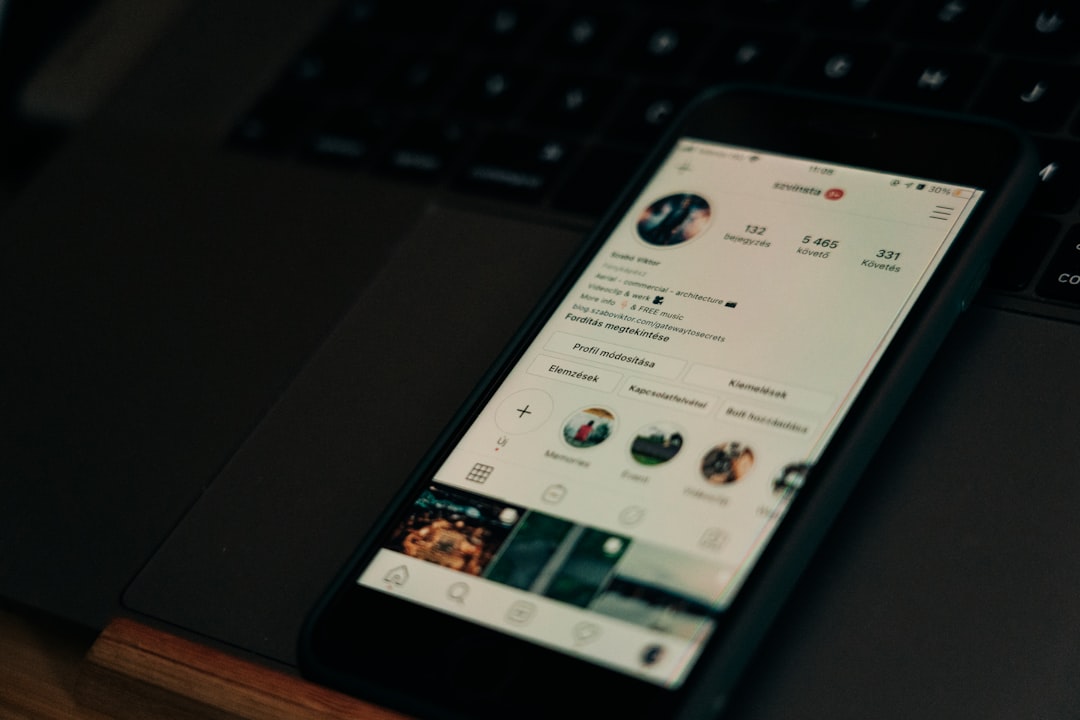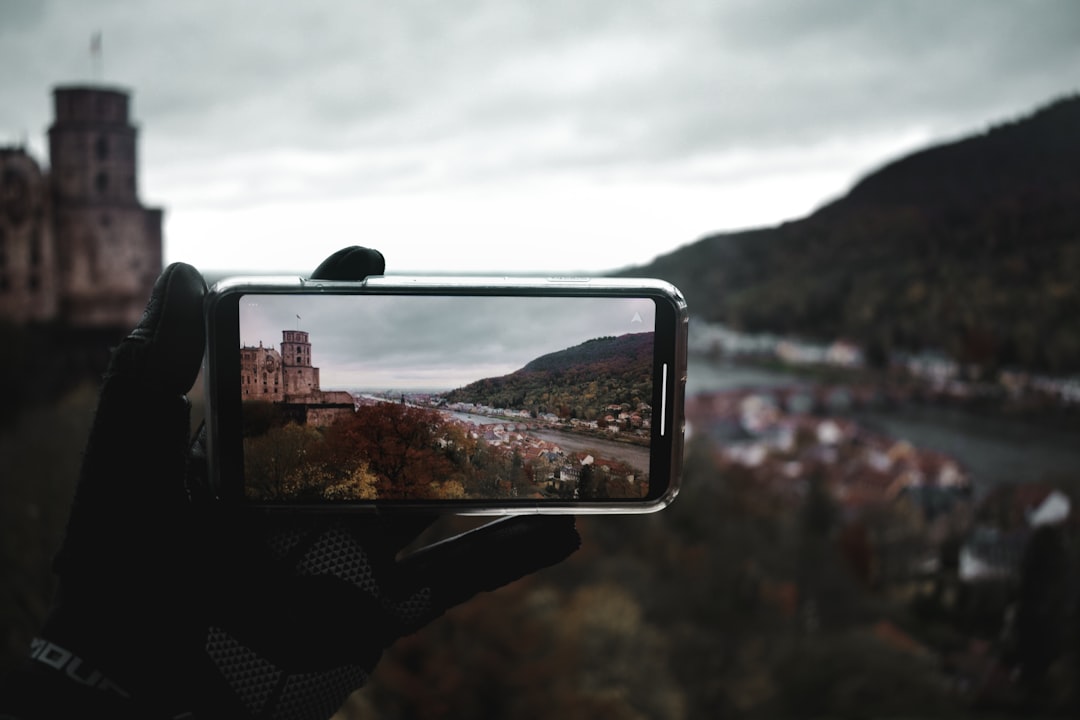Modern smartphones and digital cameras have seen significant strides in recent years, largely due to the integration of Artificial Intelligence (AI). Where photographers once relied heavily on manual settings and editing, many of today’s devices use smart algorithms to assist in capturing the perfect image in real time. From scene recognition to automatic composition adjustments, AI camera features have become increasingly sophisticated—and highly beneficial.
But with so many features being advertised, which ones are truly worth using? Below is a breakdown of the most impactful AI-powered camera functions that deserve attention, especially for everyday users and photography enthusiasts alike.
1. Scene Recognition and Optimization
One of the foundational features of AI in cameras is scene recognition. The camera analyzes what it sees—be it landscapes, people, food, pets, or nightscapes—and automatically adjusts settings like color saturation, contrast, and brightness to suit the subject matter. This ensures that photos are tailored to the environment without requiring manual tweaks.
For example, when taking a picture of a sunset, the AI-enhanced camera might boost warm tones and reduce shadows to make the scene more visually striking. It eliminates the need for post-processing in many cases, making it valuable for both casual users and busy creatives.

2. AI-Powered Night Mode
Low-light photography has long been a pain point for smartphone cameras. AI has revolutionized this area through advanced Night Mode capabilities. Using computational photography, the camera captures multiple frames at different exposures and blends them together to create a well-lit, detailed final image—even in near-dark conditions.
The result? Sharper photos with less noise and improved clarity, all without a tripod. This feature is a game-changer for travelers or anyone who enjoys photographing night scenes, from cityscapes to candlelit dinners.
3. Portrait Mode with AI Depth Sensing
While Portrait Mode is not entirely new, integrating AI into this feature enhances its accuracy and realism. Through machine learning, AI can now better detect the subject from the background, apply bokeh effects more precisely, and even imitate different lens types and lighting environments.
This is especially useful for social media content creators and mobile portrait photographers who seek DSLR-like results without the bulky gear.
4. Smart Composition Tools
AI doesn’t just assist with exposure or colors—it can also help compose a better shot. Advanced AI algorithms suggest optimal framing, alignment, and balance, alerting the user if a scene is too off-center or if the horizon isn’t straight. Some smartphone models even indicate where the subject should be located in the frame for the most aesthetically pleasing result.
Features like these reduce the complexity of composing shots, allowing users of all skill levels to capture better images without deep knowledge of photographic principles.
Image not found in postmeta
5. AI Face and Smile Detection
Among the earliest AI camera enhancements, face and smile detection continues to evolve. Today’s systems go beyond merely focusing on faces—they track facial expressions, eye blinks, and even anticipate a person’s smile to trigger the shutter at the perfect moment.
This is a welcome assist in group photos where timing is everything. Many smartphone cameras now use this technology to take photos automatically when everyone in the frame is smiling or looking at the lens, significantly increasing the chances of a successful shot.
6. AI-Based Object Removal and Post-Processing
After snapping a photo, unwanted elements—like people walking in the background or power lines in a skyline photo—can detract from the image. AI editing tools now offer powerful object removal features, allowing users to erase distractions with just a few taps.
Additionally, AI enhances post-processing options like auto-retouching, shadow correction, and skin smoothing, giving users professional-level results with zero editing experience.
7. AI-Powered Zoom and Super-Resolution
Zooming in with a digital camera often results in loss of clarity. That’s changing with AI-driven super-resolution technology. By studying multiple images and data points, the camera reconstructs details that would otherwise be blurry or pixelated, resulting in sharper zoomed-in photos.
This is especially beneficial when capturing distant subjects like wildlife, sports events, or architectural features with limited access, pushing the boundaries of what compact camera sensors can achieve.
8. Real-Time Filters and AR Effects
For those who enjoy creative expression, AI has also improved the quality and realism of real-time filters and augmented reality (AR) features. Whether it’s skin smoothing, makeup application, or background changes during a video call, modern AI systems can render these effects in real time without lag.
This has been particularly useful for influencers, vloggers, and digital marketers aiming to maintain polished appearances under various lighting conditions or impromptu settings.
Image not found in postmeta
9. AI Video Stabilization
Finally, AI has made notable advancements in video stabilization. Traditional optical and electronic stabilization techniques are now augmented with machine learning algorithms that detect hand-shakes or jitter and calibrate accordingly. This results in smoother, more cinematic videos, particularly useful for mobile videographers or vloggers on the move.
Whether walking while filming or capturing action shots, this feature drastically improves video quality and user experience.
Final Thoughts
The evolution of AI in cameras is no longer a futuristic concept—it’s a present-day reality that empowers users to take better photos and videos effortlessly. Whether you’re an amateur capturing family moments or a content creator looking to fine-tune each shot, these features offer tangible benefits that simplify complex photography tasks.
As long as manufacturers continue refining their AI capabilities, we can expect even more intelligent, intuitive, and creative tools to emerge, making photography more accessible and enjoyable than ever.
Frequently Asked Questions (FAQ)
- Q: Can I switch off AI features if I prefer manual control?
A: Yes, most modern smartphones and cameras allow users to disable or adjust AI settings to maintain full manual control if desired. - Q: Do AI features consume more battery life?
A: While AI features can increase processing use slightly, most implementations are optimized for efficiency and will not significantly impact battery life during normal use. - Q: Are AI enhancements only available on premium devices?
A: No. Many mid-range smartphones now include robust AI camera features. However, flagship models often have more advanced capabilities and faster processing. - Q: Can AI features improve video quality as well as photos?
A: Absolutely. AI contributes significantly to video stabilization, subject tracking, and color grading for better video performance overall. - Q: Are AI-altered images less authentic?
A: That depends on the degree and type of AI intervention. While some purists may prefer untouched images, most users appreciate AI’s ability to enhance without misrepresenting the scene.
